top of page
 |  |  |  |
|---|---|---|---|
 |
HIIT training
High Intensity Interval Training or HIIT is one of the most effective exercise routines for improving your cardiovascular endurance and improves your metabolism more than low intensity workouts.
HITT training is based on the principle of going fast, going slow and repeating. There are many possibilities for variations and different strategies within this principle. HITT training can be performed on almost any cardiovascular machine and most cardiovascular exercises.
There are three basic forms of HIIT training Turbulence training, Tabata method and power intervals.
Turbulence training
Turbulence training is completed by 8 reps of weight training followed by 1-2 minutes of high intensity cardio. This training should only be done for a maximum of 45 minutes.
An example of a turbulence training workout:
8 weighted squats – 1 minute mountain climber
8 deadlifts – 2 minute jump rope
8 bench presses – 1 minute flutter kick
Tabata method
Tabata is a four minute workout consisting of 30 second sets that contain 20 seconds of work and 10 seconds of rest. Tabata differs from other HIIT workouts as during rest you stop exercise altogether. Tabata can be done with any exercise and there are many apps that provide Tabata timers and Tabata workouts. An online Tabata timer can be found here.
An example of a Tabata workout:
20 seconds jumping lunge 10 seconds rest
20 seconds sit up 10 seconds rest
20 seconds burpee 10 seconds rest
20 seconds plank 10 seconds rest
Repeat
Power intervals
Power intervals is completed by performing 90 seconds of work followed by 30 seconds rest. Maximum effort is used on the work sets and 50% effort is used in the rest. This type of training is usually used for cardio activities such as running, rowing and swimming.




"If you want it
work for
it. "
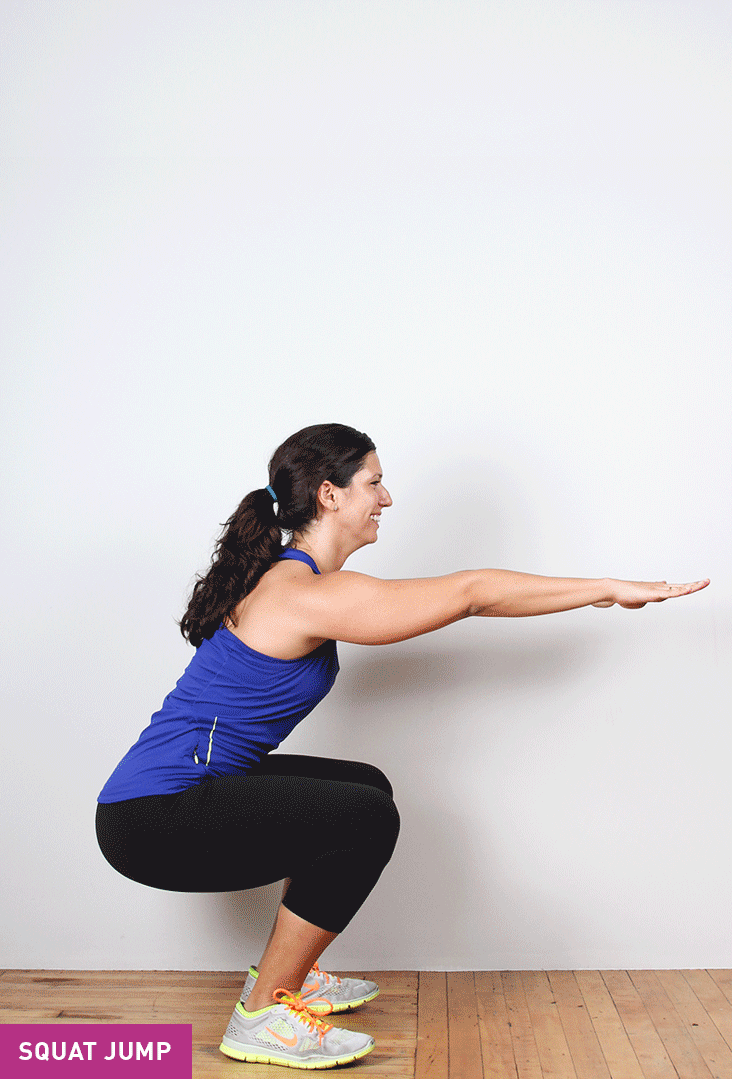
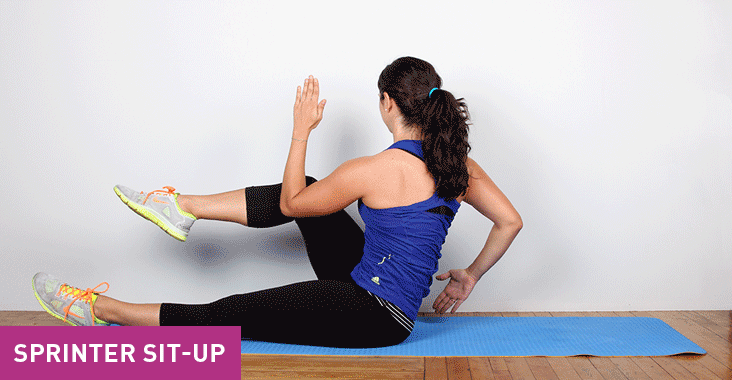

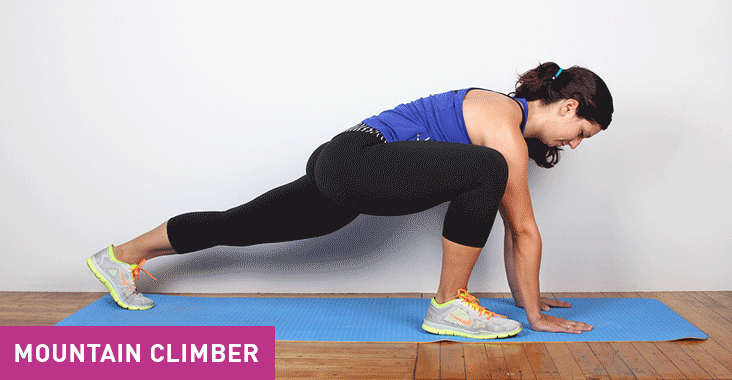
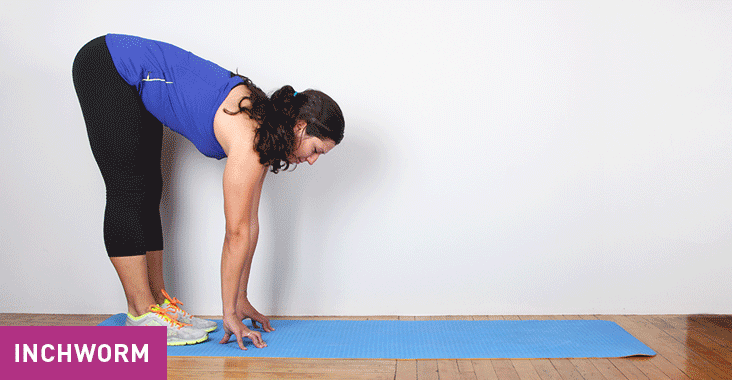
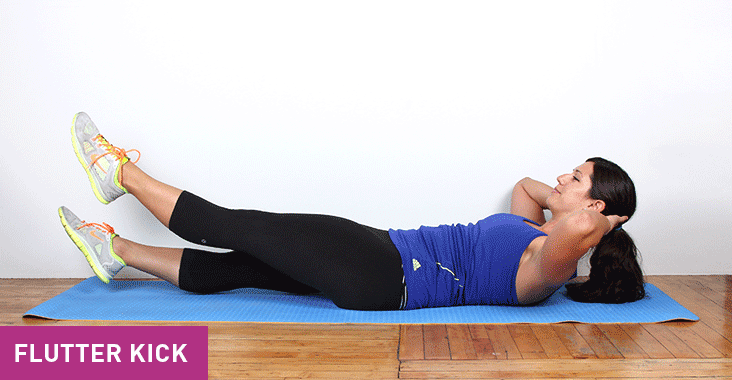
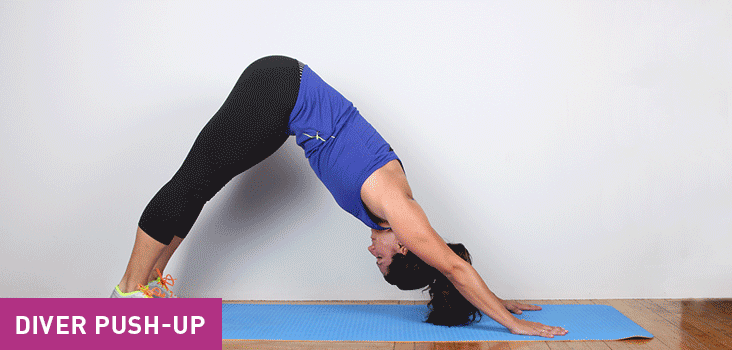
Examples of cardio exercises:
bottom of page